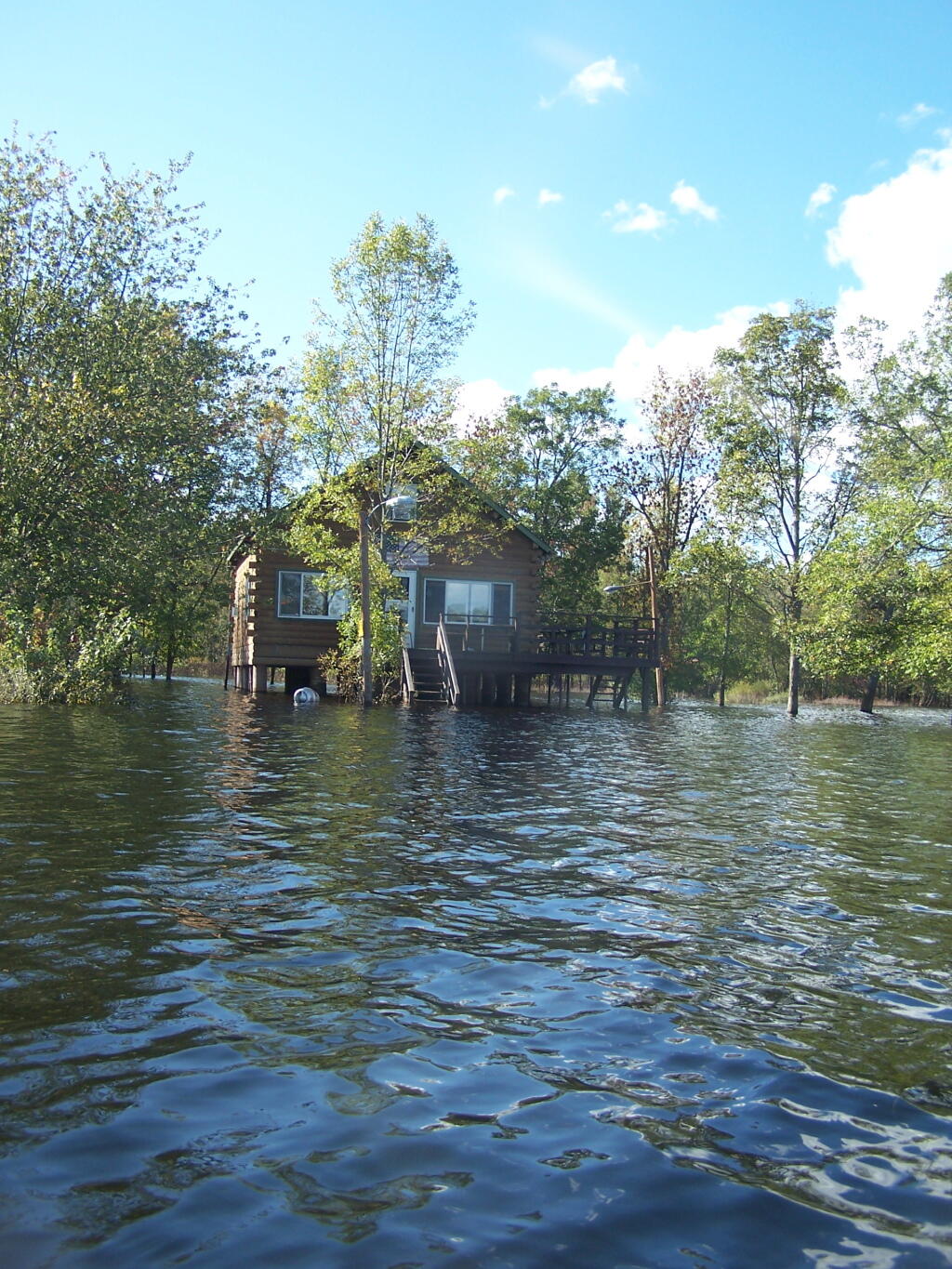Indian Lake Road Near Falls Pond Outlet
BLOG – Bull About Cows — Cainthus
The gap in the cliff
European agency concludes controversial ‘neonic’ pesticides threaten bees | Science | AAAS
Controversial insecticides known as neonicotinoids pose a danger to wild bees and managed honey bees, the European Food Safety Authority (EFSA) in Parma, Italy, said in a report released today. Bayer, a maker of so-called neonics, disputed EFSA's findings. But the report is likely to give a boost to those pushing for tighter European regulation of the chemicals.
“This report certainly strengthens the case for further restrictions on neonicotinoid use,” entomologist Dave Goulson of the University of Sussex in Brighton, U.K., said in a statement. The European Commission last year proposed—but has not yet adopted—extending a partial ban on neonics to all field crops.
Neonicotinoids are systemic pesticides. Often, they are used to coat seeds to protect them when they are planted in the ground. After the seed germinates, the pesticide spreads throughout the growing plant and guards it against nibbling insects. But the insecticide is also present in the nectar and pollen, meaning pollinators get dosed, too. Many studies have shown that the chemicals can affect the ability of honey bees to learn and forage, although industry scientists have disputed whether the experiments are realistic enough.
In 2013, the commission banned the use of three neonics—imidacloprid, clothianidin, and thiamethoxam—on flowering field crops such as corn, sunflower, and rapeseed. The pesticides can still be used in greenhouses, winter cereals, and for spraying certain crops after they flower. The ban was based on a review by EFSA.
Slow-Moving Atlantic Storms Like Imelda and Dorian are Growing More Common | Weather Underground
melda, Dorian, Florence, Harvey, and Idai are examples of storms we have been seeing more often in recent decades: ones that move more slowly over land, resulting in increased flooding and damage. The forward speed of tropical cyclones (which includes all hurricanes, tropical storms, and tropical depressions) has decreased globally by about 10% since 1949, according to a 2018 paper in the journal Nature by NOAA hurricane scientist Dr. Jim Kossin. As a result of their slower forward motion, these storms are now more likely to drop heavier rains, increasing their flood risk. Most significantly, the study reported a 20% slow-down in storm translation speed over land for Atlantic storms, a 30% slow-down over land for Northwest Pacific storms, and a 19% slow-down over land for storms affecting the Australia region.
House on Stilts Surrounded By Water
From the Google Earth view, it appears that such high water surrounding this house is not an uncommon occurrence, and it was designed for this to happen.
Taken on Sunday September 18, 2011 at Thompsons Lake.


